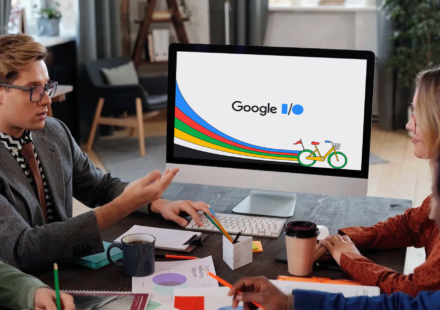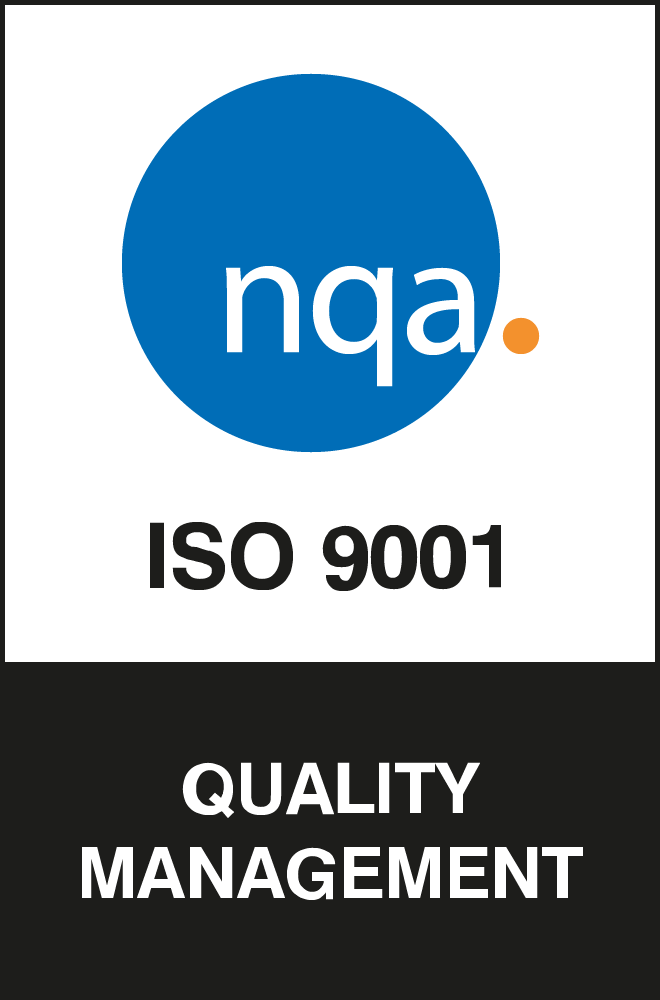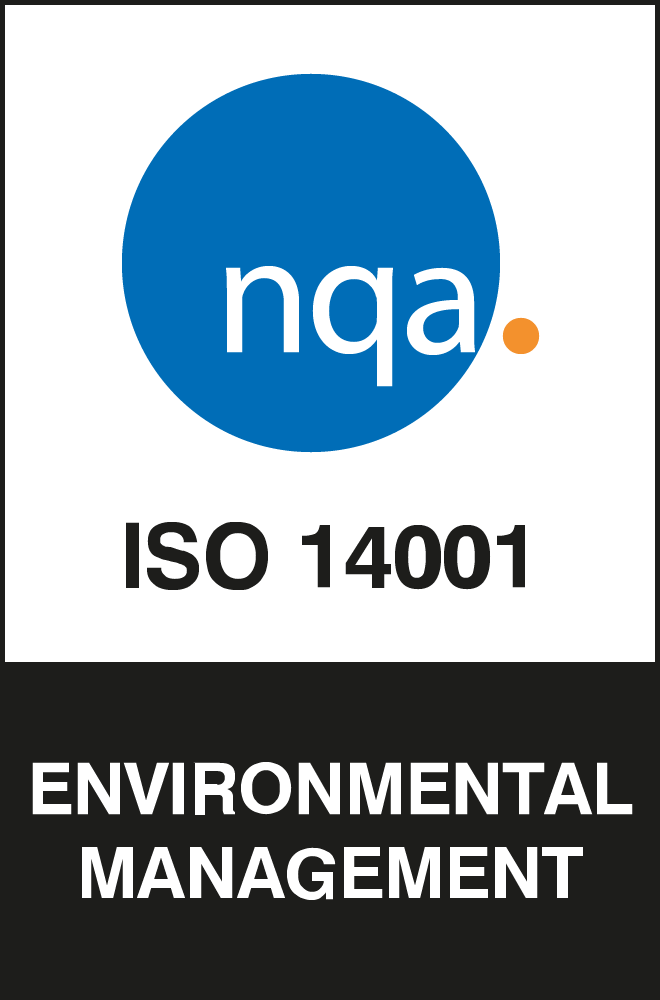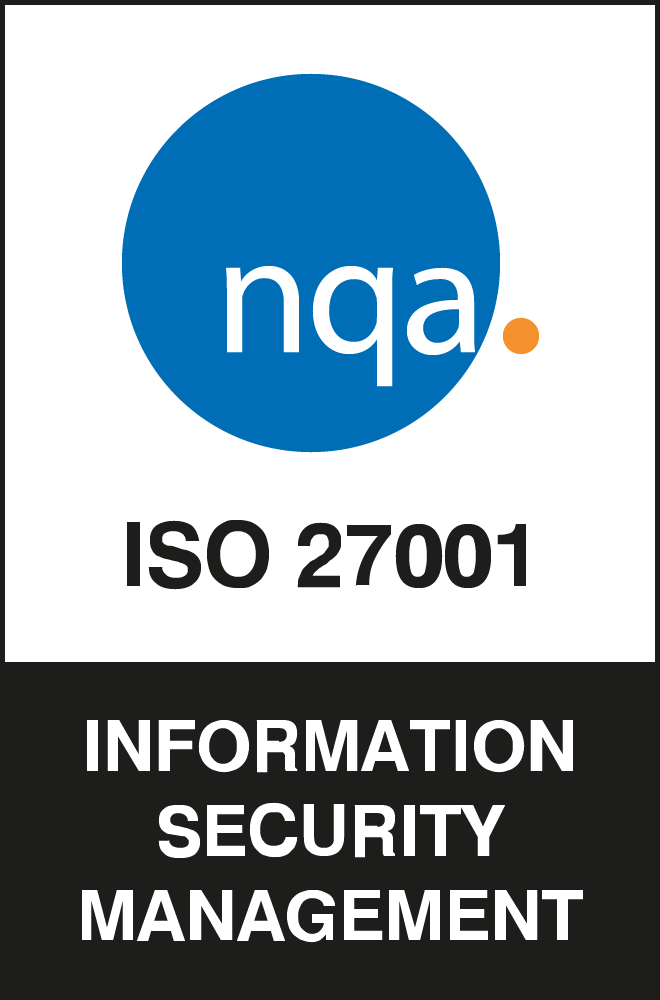We have never lived in a more customer-centric society. “The customer is always right,” has gone from a catchy managerial slogan to a legitimate business approach and philosophy, influencing every single aspect of a company.
There’s a good reason for this. Companies that focus on customer and user experience earn an average of 4 – 8% more revenue than companies that don’t. That number is still accelerating, as well, as more and more businesses focus on user experience. In 2019, 66% of businesses were centralising customer and user experience, up from just 36% in 2010. That’s almost double in less than 10 years.
There’s a reason for that, as well. 57% of internet users report that they won’t recommend a business, digital product, or service if they have a poorly designed website. Outdated websites with clunky user interfaces reflect poorly on the business. It makes you look behind the times. It even runs the risk of being a security hazard, as outdated websites might not be up to the latest security codes and standards.
If you’re serious about remaining competitive and thriving in the digital economy, you’ve got to stay informed on the latest UI design trends. To help you get started and get your wheels turning, we’ve compiled some of this year’s hottest, most important UI/UX design trends to consider for your next web or app redesign or project.
The Most Important UI/UX Design Trends Of 2023
UI/UX design trends are constantly changing, evolving and adapting. New technologies change user’s expectations on how we interact with the internet. Just look at the seismic impact that mobile phones have had on the way we consume digital media, for instance. Mobile design went from being a gimmick to being an accepted, integral part of the digital landscape practically overnight. Whole new industries, like mobile design and mobile apps, were created in the wake of these paradigm shifts.
Which leads us to our next point. Some of tomorrow’s earth-shattering UI and UX trends can’t be predicted without a crystal ball. There’s no telling what new tech might land on the market, radically altering how we use and interact with the internet.
That’s why it’s so important for UX designers to stay on top of UI design trends. If you blink, you might miss something.
Animated Illustrations
Users are easily distractible and notoriously impatient. Decades of being heavily online has taken its toll on users’ attention spans. The average attention span is now 8 seconds, decreasing from 12 seconds in 2000. You have even less time than that to make an impression on your audience. It only takes .05 seconds for a user to formulate an opinion about a website or mobile app. You have to make them count.
Animated illustrations aren’t exactly new. They’ve really come into their own in recent years, however. Illustrations are an easy way to add personality, brand identity and a human touch to a digital product. Adding animation on top of that is a surefire, easy recipe for success.
Animated illustrations can serve additional purposes, as well. They can help inform the user on the status of the digital product, which is a central tenet of UI/UX design. Think of the softly glowing light on a MacBook as an example. They can also help communicate additional qualities about your brand, as well, especially when paired with bold typography and a striking user interface design, such as asymmetrical layouts.
Consider using animated illustrations as part of your landing page or lock screen on your app. It’s prime time to communicate directly with your audience, without any distractions, which is hard to come by in today’s media saturated world.
Microinteractions
You need to keep your users engaged if you have any hope of retaining their attention long enough to win their loyalty. That means a simple, static action like opening a webpage and then scrolling to the bottom simply isn’t enough to truly make an impression on your audience.
If you really stop and think about the most popular and well-trafficked websites and apps actually involve a lot of smaller interactions throughout the user’s visit. The “Like” feature on Facebook, Twitter and Instagram are the easiest and best illustrations of this principle. It also means that integrating microinteractions is one of the most important app design trends to keep in mind when you’re developing your product or website.
Just because they’re important doesn’t mean they need to be glaringly obvious, however. A lot of the time, micro-interactions can be subtle, such as the section of a website or app being highlighted when we select it. This subtlely conveys information to the user about the state of the program or app, which is one reason you so regularly see them integrated into UI designs. They can add a touch of drama and interest to your design, as well, fulfilling the same purpose as animated illustrations.
Augmented Reality
Some of the UI/UX trends we’re seeing today seemed like science fiction even five short years ago. Such is the case with artificial intelligence and augmented reality, which have made impressive headway in a very short amount of time. Already, we’re seeing augmented reality apps and AI virtual assistants being integrated into our day-to-day lives. The future is very nearly upon us!
Augmented reality was already shaking up the digital landscape and the ways we interact with both technology and our physical environment a few years ago. Look at the rocket-like ascent of Pokemon Go for an example of the potentially revolutionary implications of this new technology.
All of that was before Coronavirus/COVID-19, of course. With the massive increase and importance of eCommerce in the wake of the Coronavirus pandemic, augmented reality looks poised to truly enjoy its moment in the limelight.
Augmented reality can be used for everything from virtually trying on clothes to auditioning how a piece of furniture might look in your physical space. You don’t want to have to ship a sofa back, of course, so that should give you an idea of the fact that augmented reality is here to stay.
3D Graphics
Again, 3D graphics are nothing new. 3D graphics in mobile and web design, however? That’s a different story.
Recent technological developments have dramatically improved the graphic capabilities of consumer electronics. Innovations in web browsers have made it feasible for web properties to display 3D text and images, as one example. They’re also being integrated into UI designs themselves.
You’ll need to do a bit of preparation before you begin working 3D graphics into your development process, however. Creating 3D graphics can be very time consuming and labour intensive, for instance. If you’re thinking of investigating this particular 2020 design trend, you might want to get started early. Look into some of the incredible, high-quality tutorials and instructional materials that are out there. Or you could consult with a skilled app designer and developer, on the other hand.
3D graphics are far more useful than simply as some gimmick, though. Consider a product page, for example. 3D graphics allow the user to explore your product in three dimensions, similar to what’s possible using augmented reality. Seeing as how the ways we conduct business, including shopping, are going to be impacted in unprecedented and unexpected ways for the foreseeable future, due to COVID-19, this feature is going to be imperative for physical retailers looking to make the leap into the post-COVID world.
Custom Graphics and Cursors
Custom graphics and cursors are more likely to be a UI/UX trend for mobile apps than web design, per se, but the general principle still stands. Companies need to take every opportunity to stand out against the hordes of competition. No detail is too small or too inconsequential.
Creating custom graphics, icons and cursors is yet one more opportunity for you to establish your brand identity and show your audience who you are. This is vital, as consumers are far more likely to do business with a brand they’re ethically aligned with.
Custom cursors also offer the potential of additional interactivity with mobile design and apps. This can add to the recreational quality of your app, ensuring that it’s fun to use as well useful. This increases the likelihood of your audience opening up your app when they have a spare second.
Neumorphism (or Neo-skeuomorphism)
Just because new UI and UX trends are continually changing and evolving doesn’t mean that the classic rules of design go out the window. Instead, they actually become more important than ever, especially with your competition chasing every fad and gimmick. This runs the risk of creating busy, cluttered, non-intuitive UI design, which completely negates its purpose.
The design trend known as skeuomorphic design refers to design elements that are rendered in a highly detailed style, in an attempt to emulate natural objects. The rise of augmented and virtual reality is bringing back an appreciation for highly realistic design. It’s being done in an entirely new, modern style, however, which earns it a new name. This new visual design trend is sometimes referred to as “new skeuomorphism,” otherwise known as neumorphism.
Neumorphism is a highly detailed and precise visual style to the point of being minimalist. This creates a lot of empty negative space, which allows for individual design elements to stand out and really shine. These could include everything from highlights to shadows to glowing auras. It also allows for your colour choices to really pop, especially if you choose a monochromatic colour scheme.
Neumorphism works brilliantly when combined with classical approaches to design like visual hierarchy. It encourages you and your design team to break things down to its base elements and decide what’s really important. Then you can arrange those elements on the page in attractive, appealing ways.
Asymmetrical Layouts
Asymmetrical layouts have been trending for the last several years and that style shows no sign of slowing down. It makes sense – traditional square and rectangle layouts are boring and forgettable. There’s a reason that “square” used to be used as a synonym for uncool.
Square and rectangle layouts also ignore the potential to customise yet one more design element. As we were saying earlier when discussing custom cursors, every little touch and flair is a chance for you to communicate something about your brand. This helps for your users to connect with your brand message and become loyal, diehard fans and acolytes.
There’s seemingly endless potential for asymmetrical layouts as there’s a virtually infinite number of different ways you can lay out your design elements on the screen. This approach can also be used in brilliant and creative ways in conjunction with the visual hierarchy of elements. There’s no reason that each element needs to be in the same box!
These are just a few of the UI and UX design trends that have been shaking up the design and development world this year. There are dozens of design journals, magazines, newsletters and websites coming out regularly, however, meaning there’s a virtually bottomless well of new design tools, techniques and approaches coming out every day. That’s the advantage of working with a dedicated, passionate design and development team.
Staying on top of the latest design trends lets you showcase you, your brand and your digital products in a favourable light. It shows you’ve got taste and are up-to-date and current in your niche or industry. This cements you and your brand in your customer’s mind, creating important relationships that can last a lifetime.
Are you looking for UX or UI design assistance?
With over 20 years experience in mobile app and web design and development, we’ve had every opportunity to watch UI designs come and go, rise and fall. We are constantly monitoring the industry, keeping our fingers on the pulse, to know how to bring you the latest, most cutting-edge designs and aesthetics.
If you’re ready to work with a team of knowledgeable, passionate designers and developers, get in touch with us today and let us know how we can help!























